For over 10,000 years, Native Americans lived here. But in the 1700s, three important factors changed life forever for the locals: Apaches from the north began war raids; deadly diseases brought from Europe were spreading; and droughts created food shortages. To enter a mission, Native Americans had to forego their traditional life and culture, become Spanish, accept Catholicism, and pledge loyalty to a distant and unknown king. And many did just that for the protection and security (food) the missions provided.
We began the day at Mission San Juan located just a few miles south of San Antonio; primarily because the Visitor Center for all four of the San Antonio Missions National Historical Park is located there.
Stone walls were built around the perimeter of the mission with a large courtyard in the center. Native Americans that agreed to live by the strict rules of the mission lived in rooms in this part of the mission. Remains of several ovens can be seen in the courtyard. Huge wooden doors helped keep raiding Apaches out.
This building (behind the church) was the convento and provided housing for missionaries and lay assistants. There were originally nine rooms on the second floor and 5 on the first.
The church was, of course, central to life in the mission. There was a strict daily schedule of fast, feast, work, and prayer regulated the sounding of bells. The interior of the church is gorgeous and is called the “Queen of the Missions.”
The exterior of the church was originally painted with the bright design seen below.
This intricately carved window (1775), known as the Rose Window, is considered one of the finest examples of baroque architecture in North America. Two graves (of past priests) are situated at the front of the church.
John and Sadie waited outside while Amanda and I checked out the interior parts of the mission. Below is a great hall where priests lived.
Our next stop was Mission Espada, just a couple of miles south of San Juan Mission.
Stone foundations and ruins at the mission help you imagine the past. Below is the location of the original church in the 1700s.
The current church (completed in 1756) is still an active parish. The interior is of much simpler design.
The zealous Franciscan brothers taught the Native Americans (in addition to religion), how to grow crops, raise livestock, produce textiles, work iron, build with masonry and many other skills. The largest structure in the mission complex was the granary where food for the community was stored.
There is a lovely gift shop with an outdoor seating at the mission.
Mission San Juan was the third mission we visited.
There was a Sunday mass in progress when we visited.
We spent some time wandering around the ruins. As with the other missions, interpretive signs provide information about the structures and life here in the 1700s.
These two buildings were the priests’ quarters and are still in use.
Mission Concepcion is the fourth site we visited. In addition to the church, it was a village, fort, school, farm and ranch. Native Americans lived in rooms along the interior walls of the mission (as they did in all of the other missions). Each of the missions were self-contained communities, but they all interacted and provided mutual support.
When we arrived, a mass had just ended. When we went inside, we saw that preparations were underway for the baptism of several babies.
An outside shrine near the church is another place for meditation and prayer at the mission.
The four missions of the Historical Park plus the Alamo (the fifth mission in San Antonio) was designated a UNESCO World Heritage Site in 2015. A visit to any or all of them is interesting and fun.
For additional information about the San Antonio Missions, go to www.nps.gov/saan.
At this point we were all ready for lunch, so we went to Barbaro (a restaurant that prepares wood-fired pizzas with creative toppings).
The food was fantastic...possibly the best pizza ever! The three of us shared one large and one small pizza.
You can check out their menu at barbarosanantonio com.
We headed back to the RV park and prepared for our evening watching the Oscars. A perfect birthday with family!
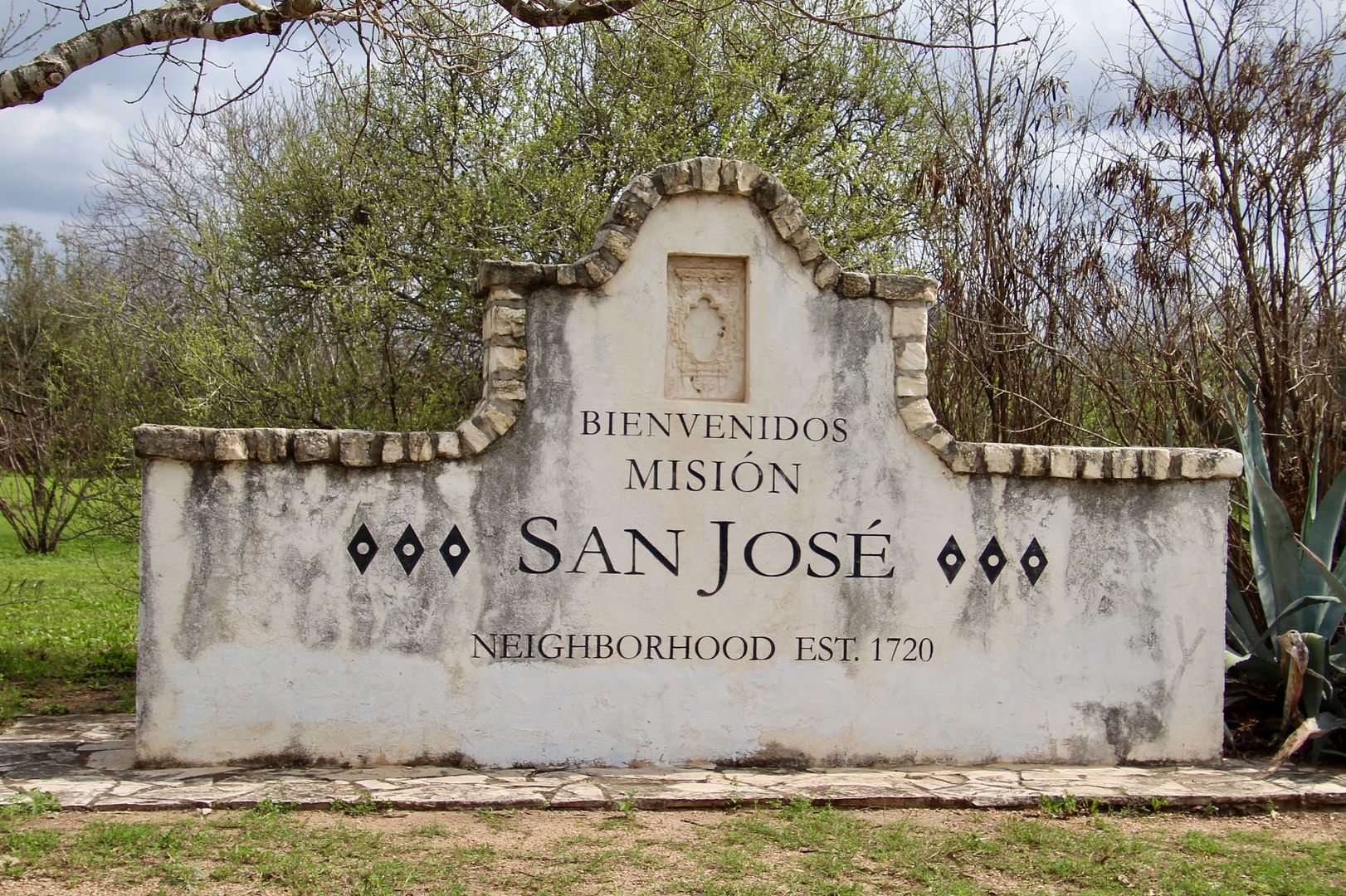

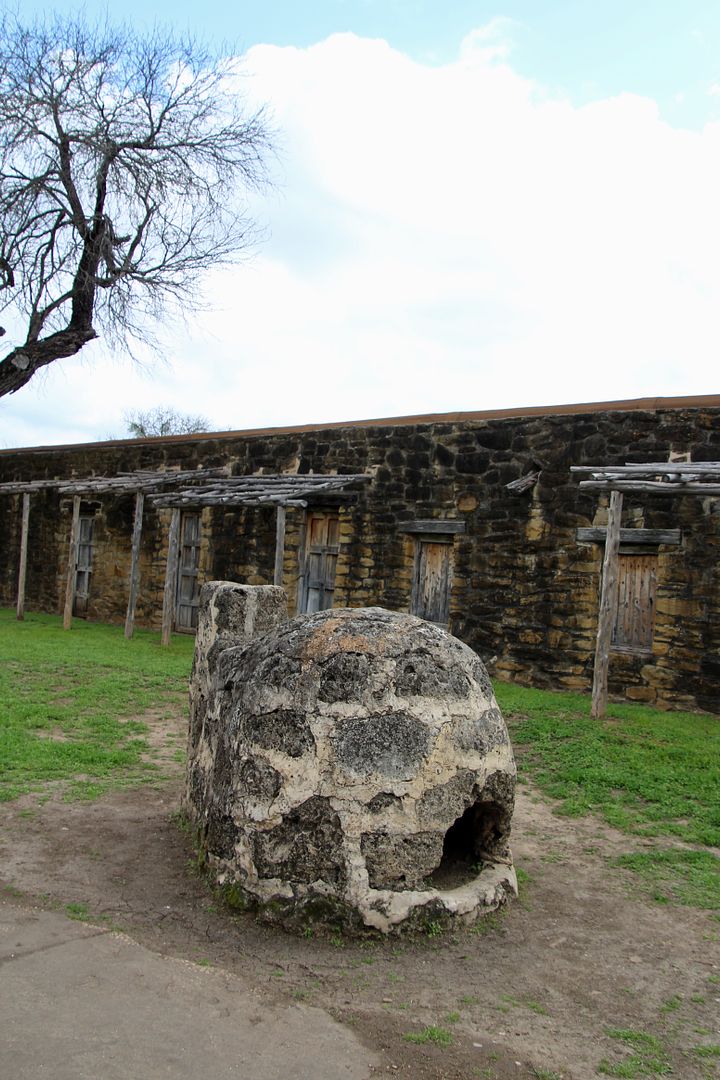



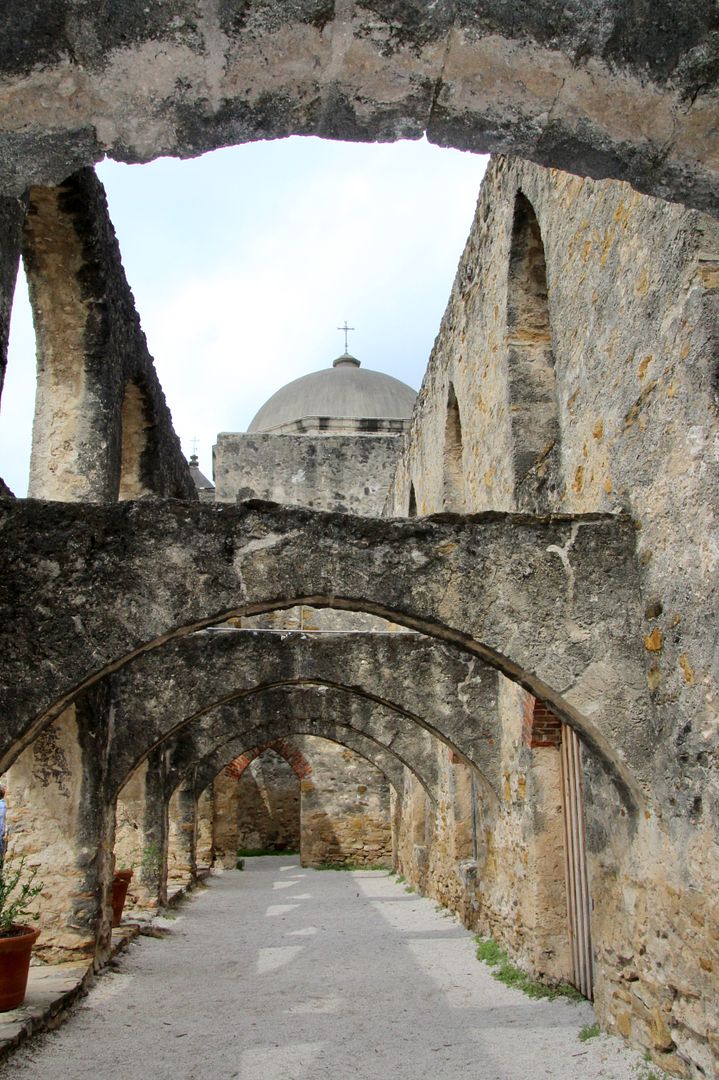

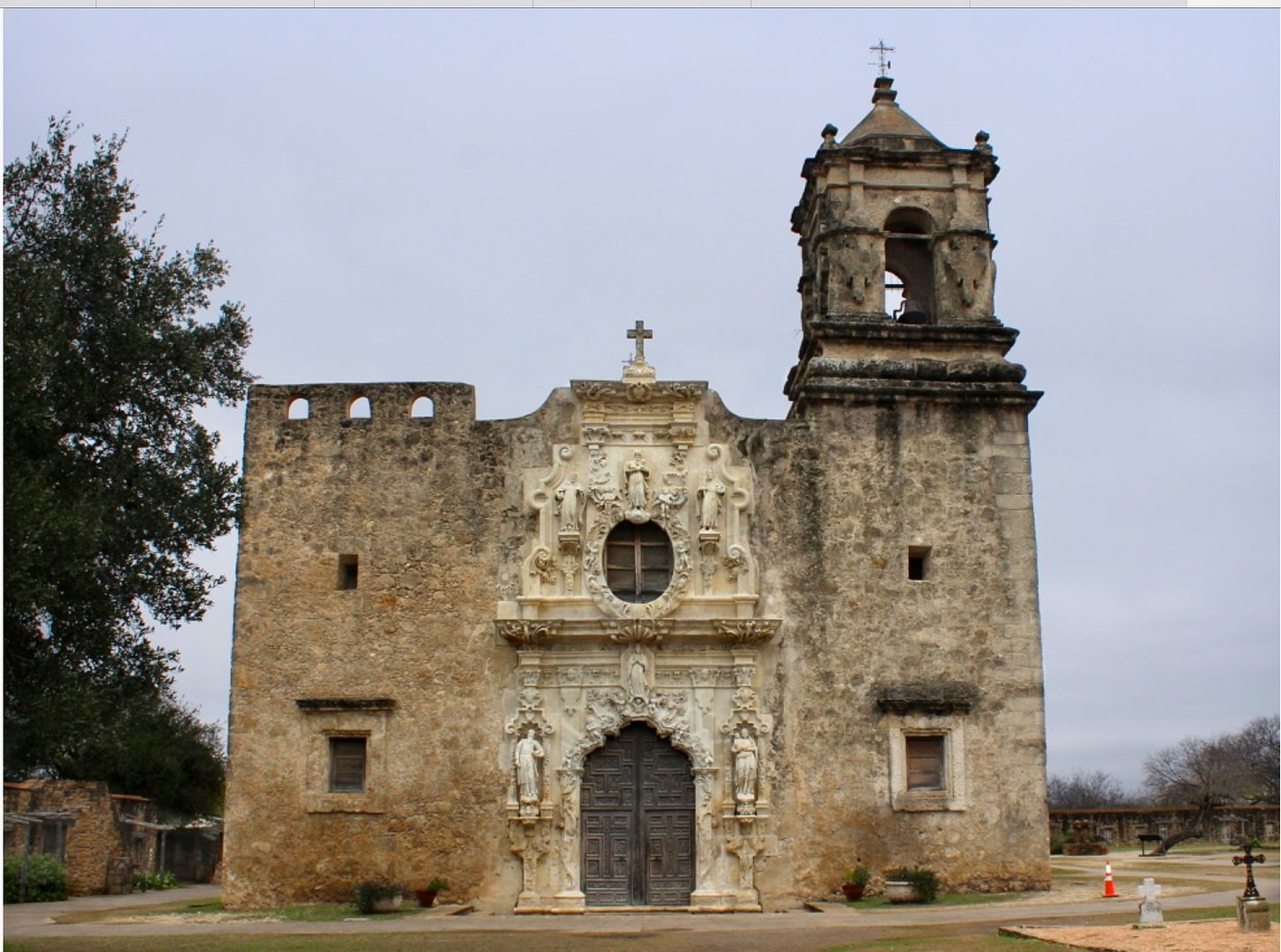


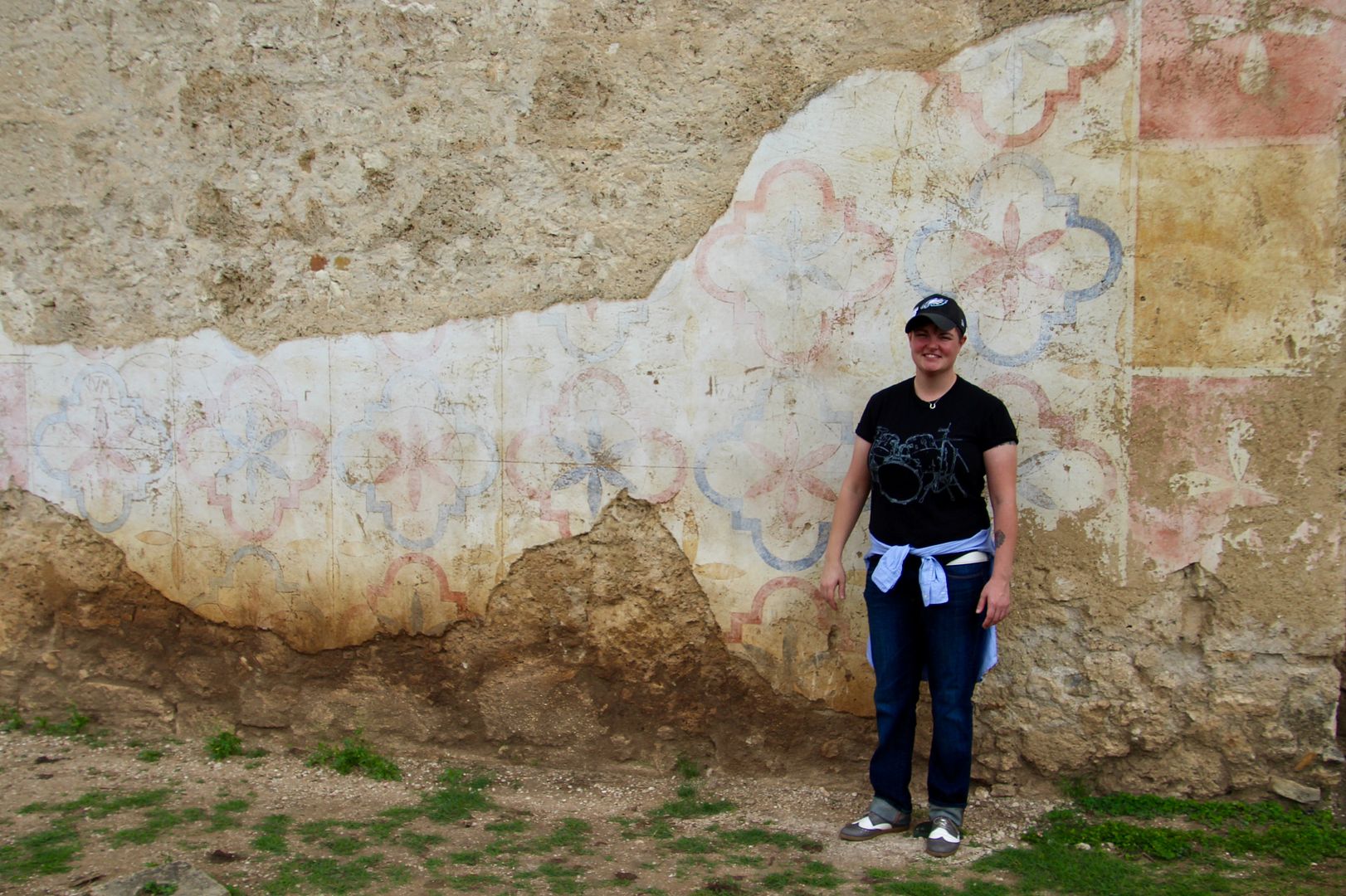
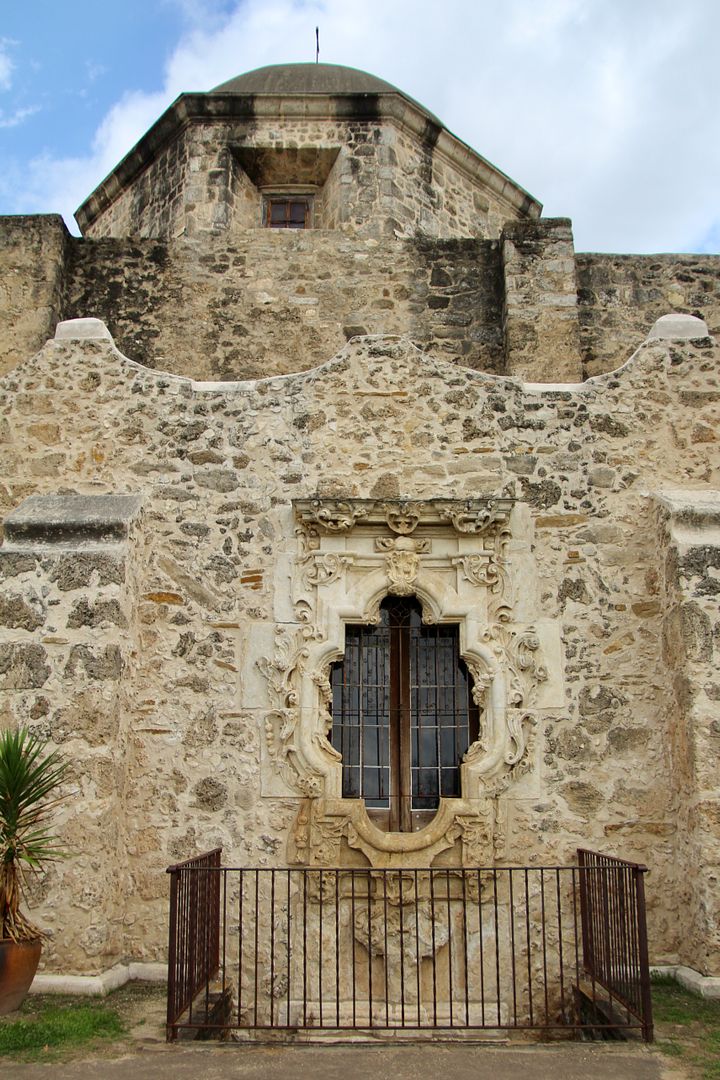
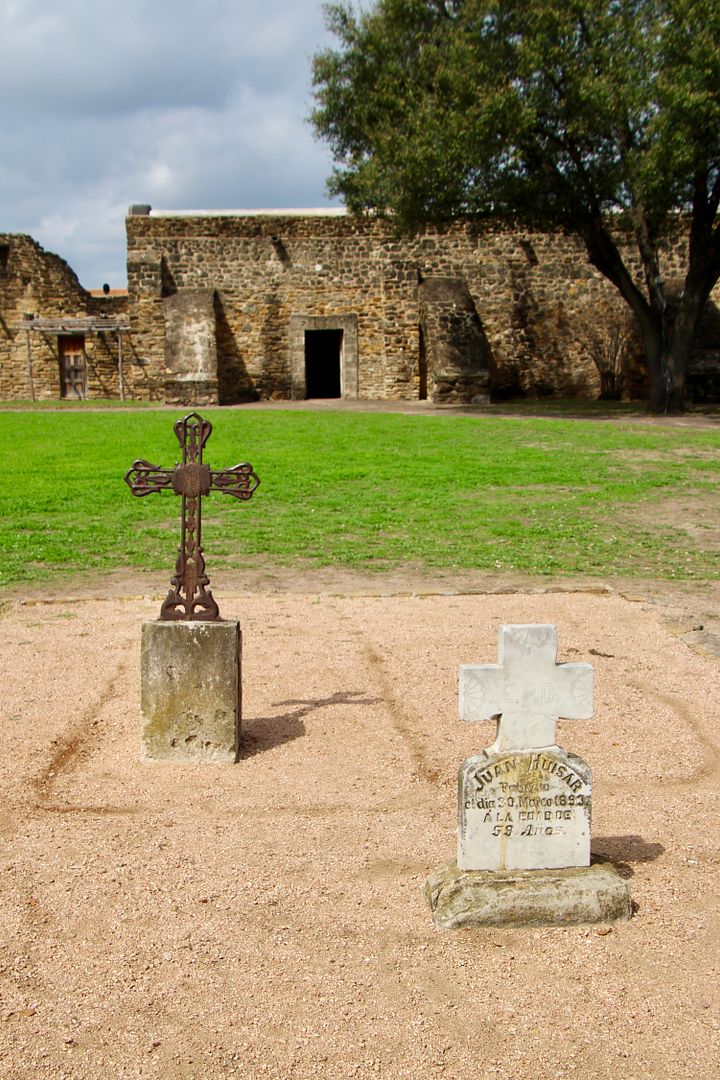
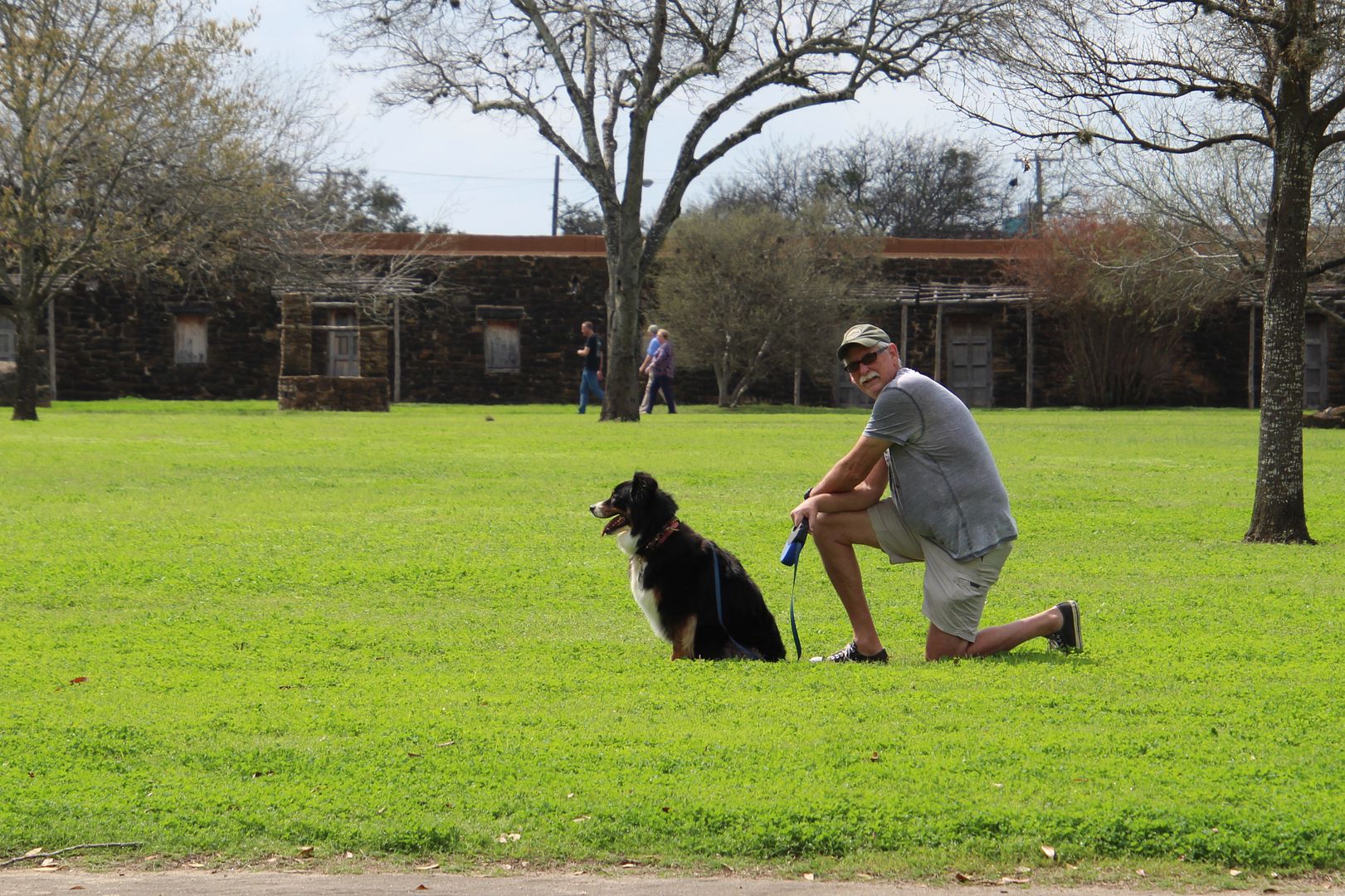

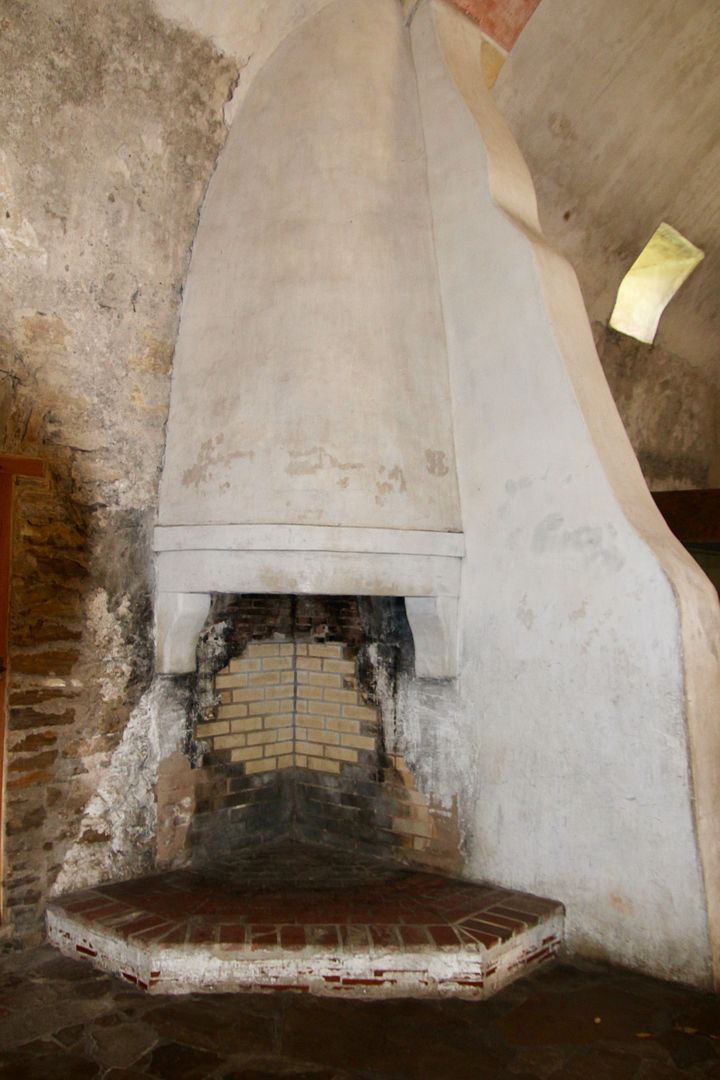

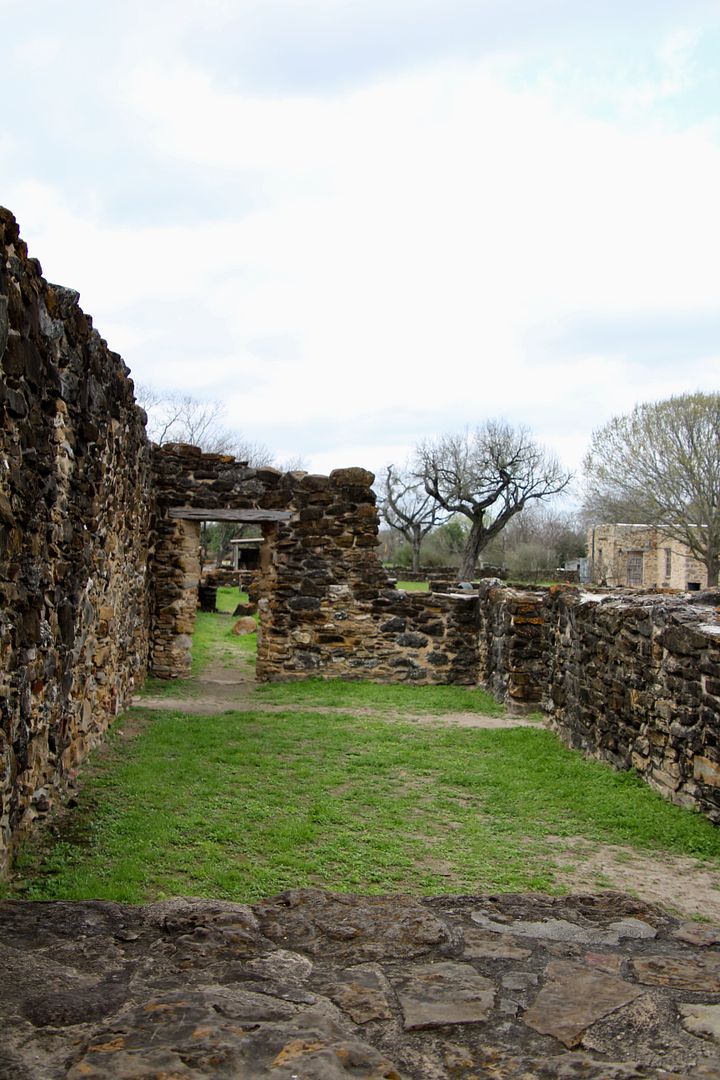
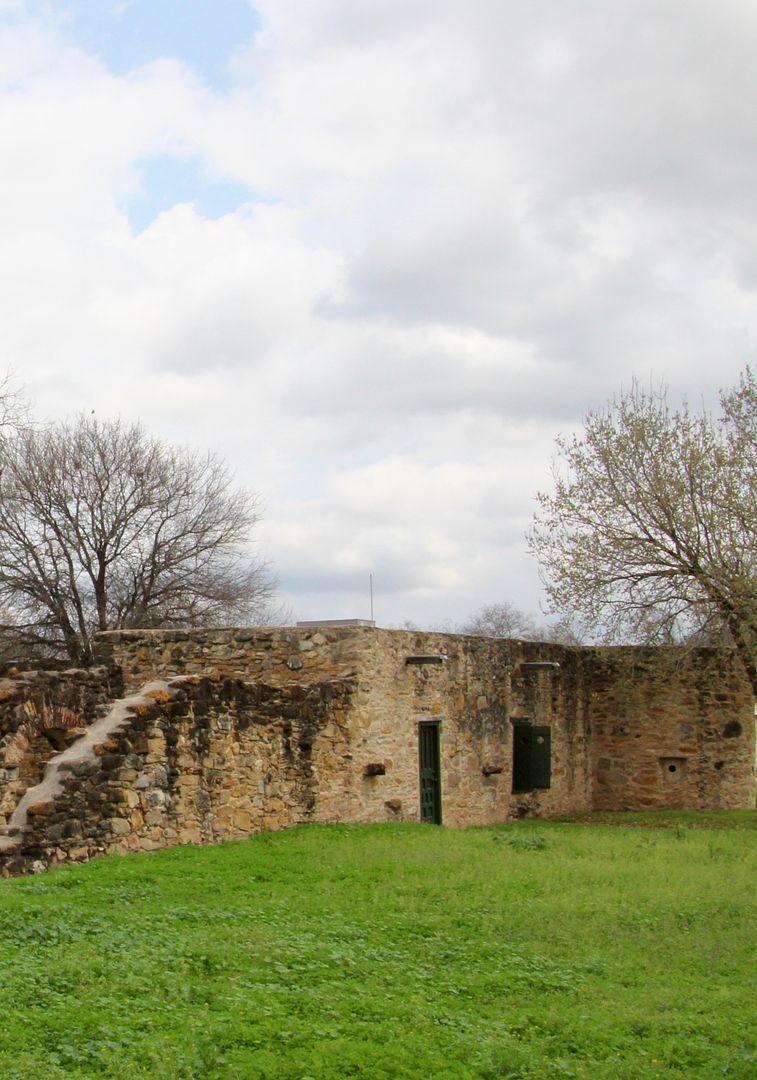
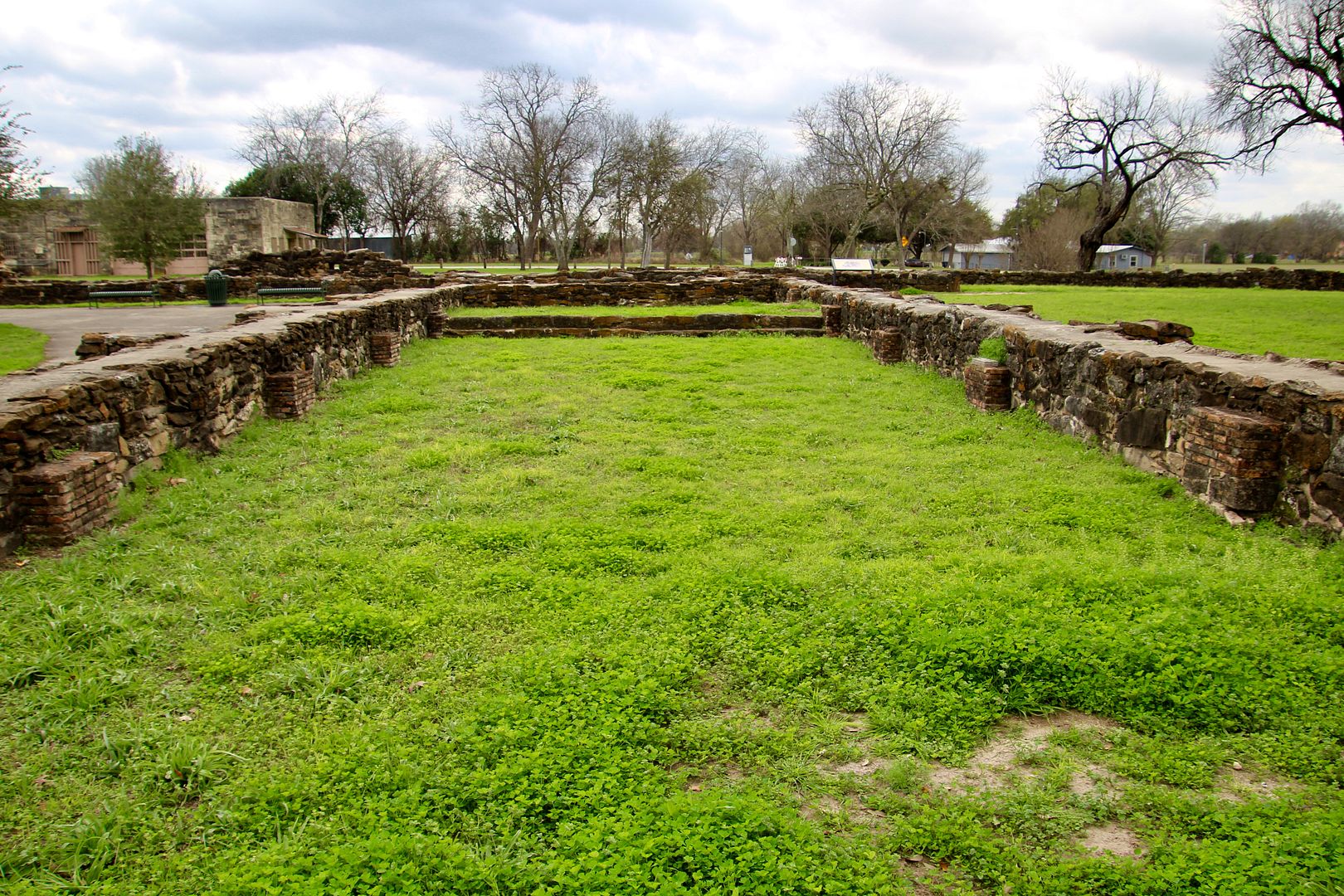




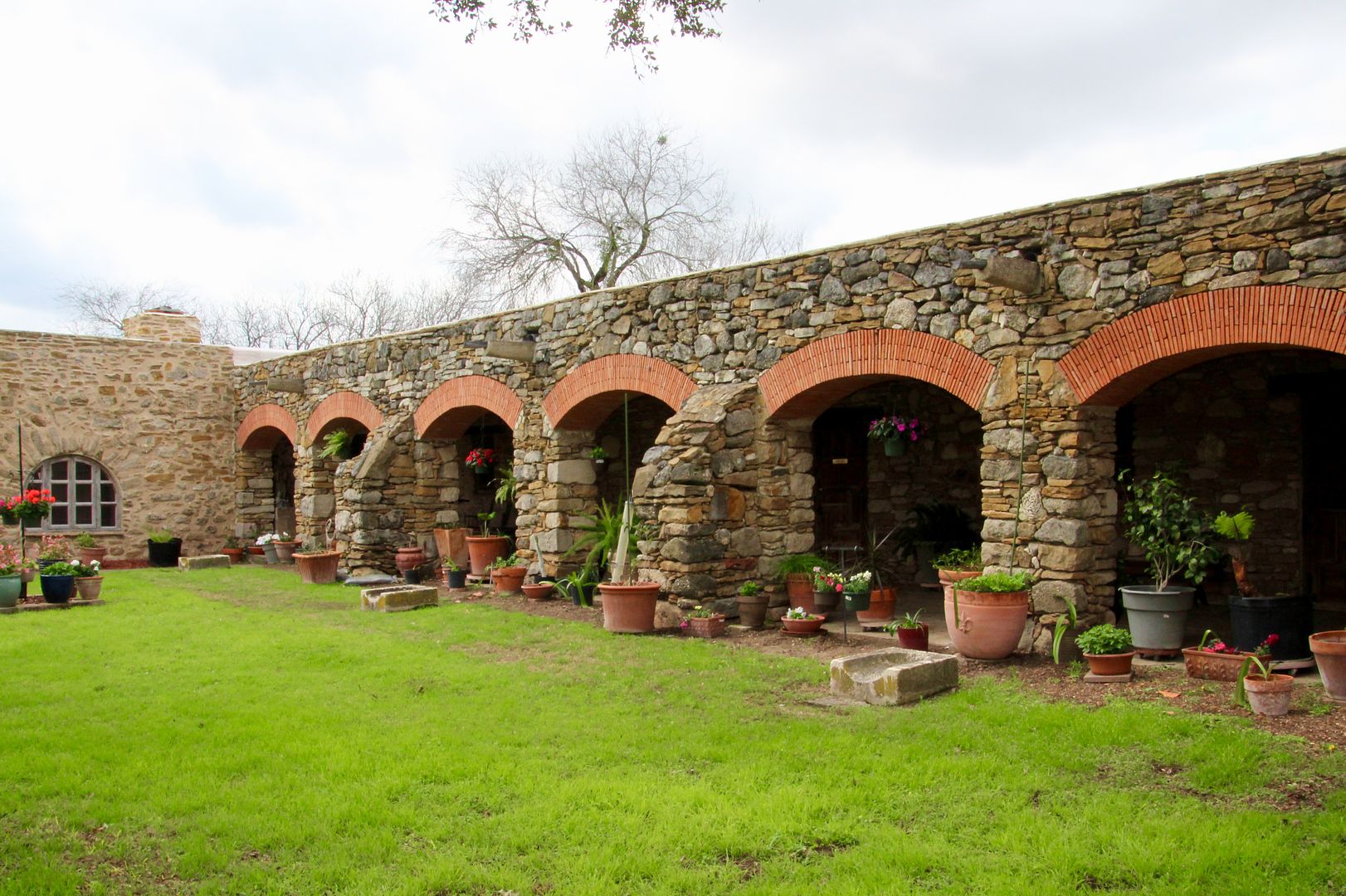
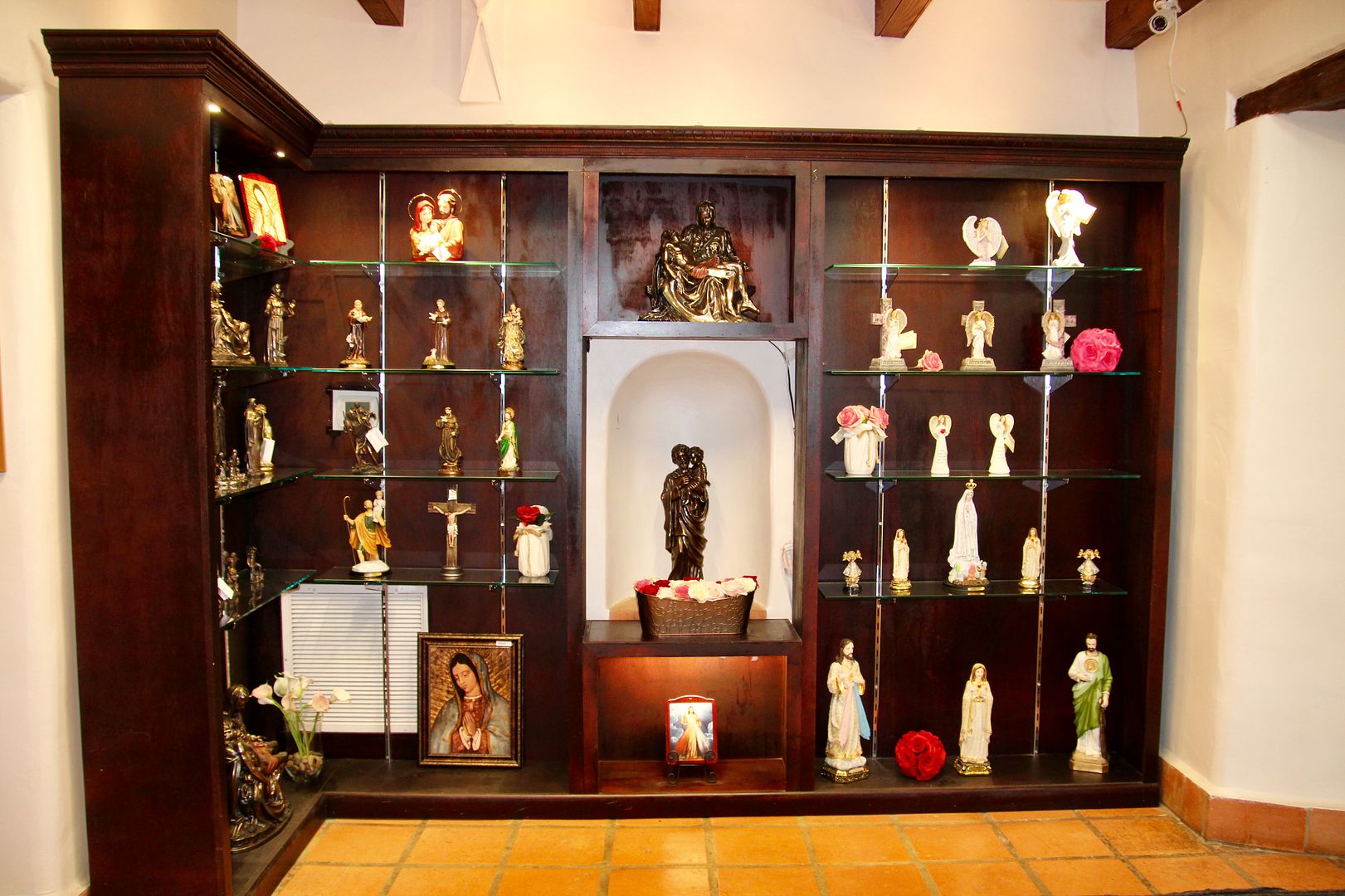
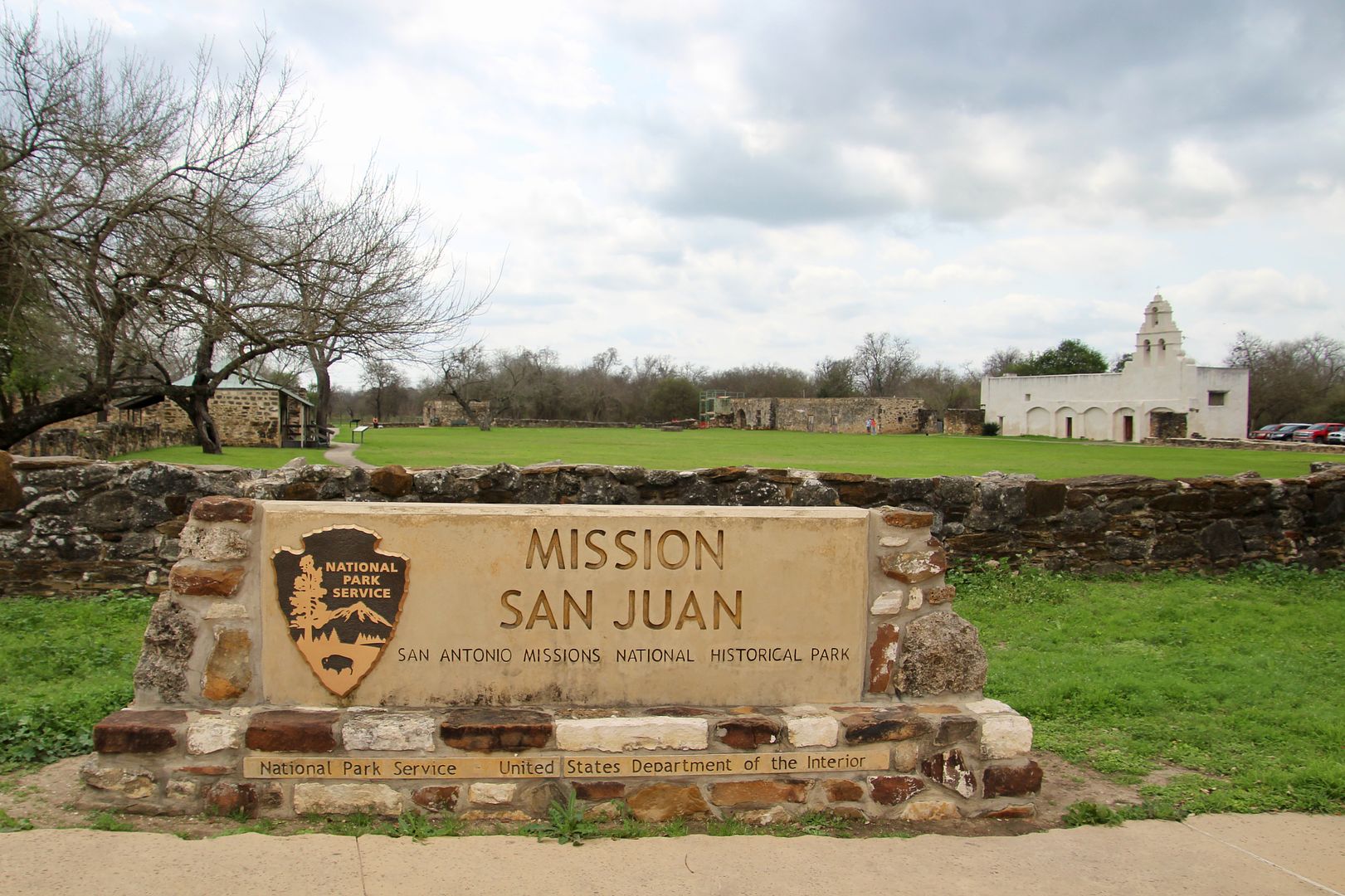

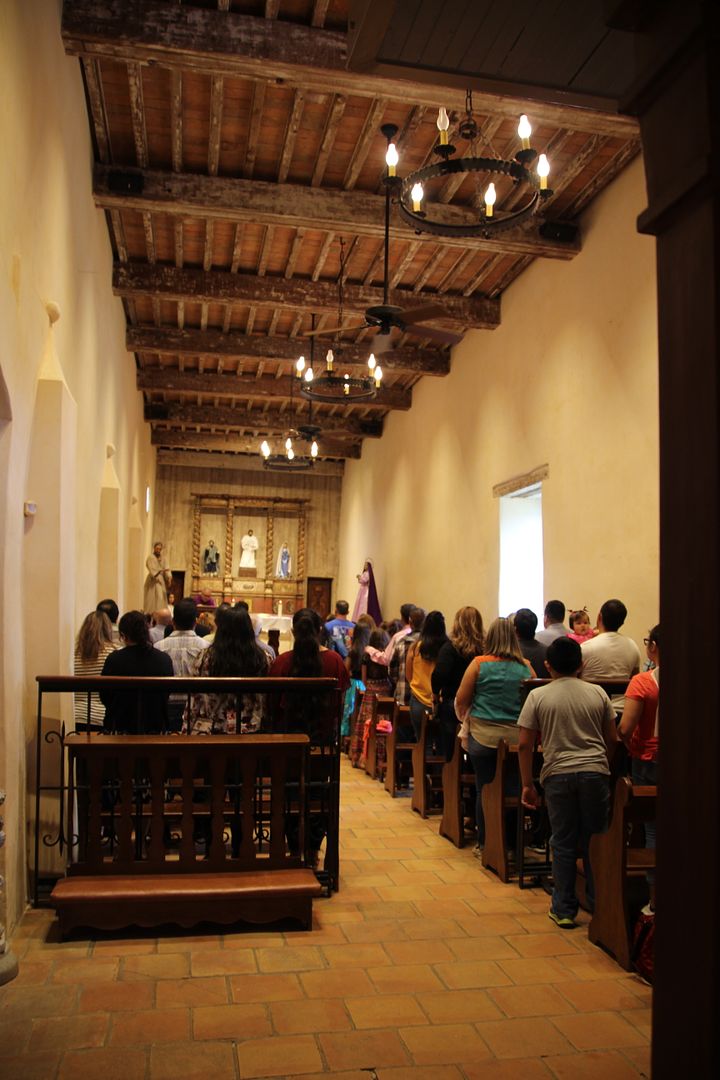


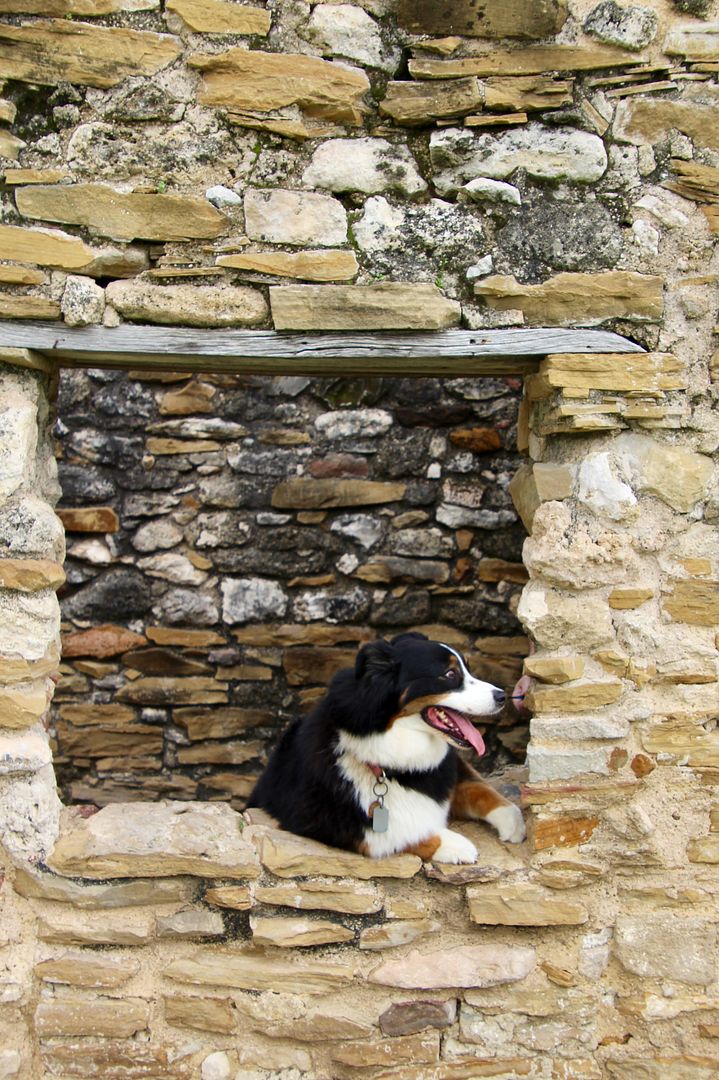
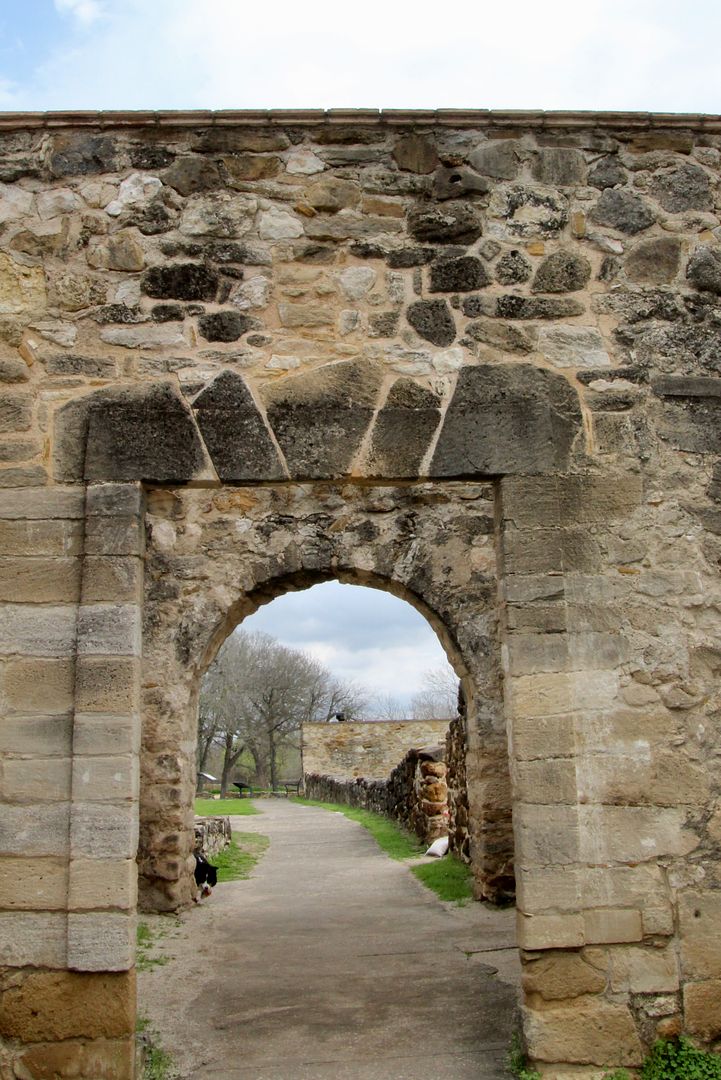

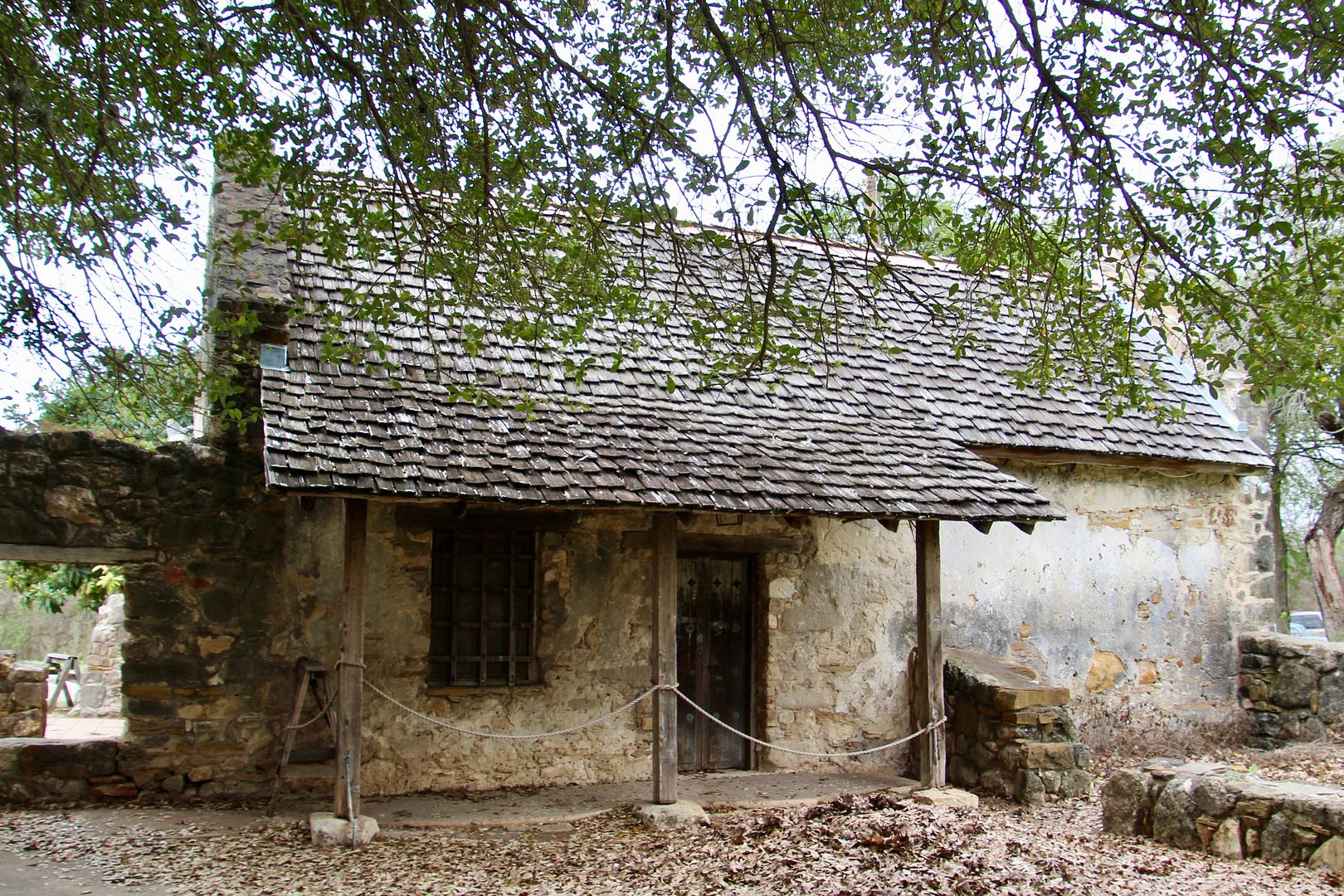


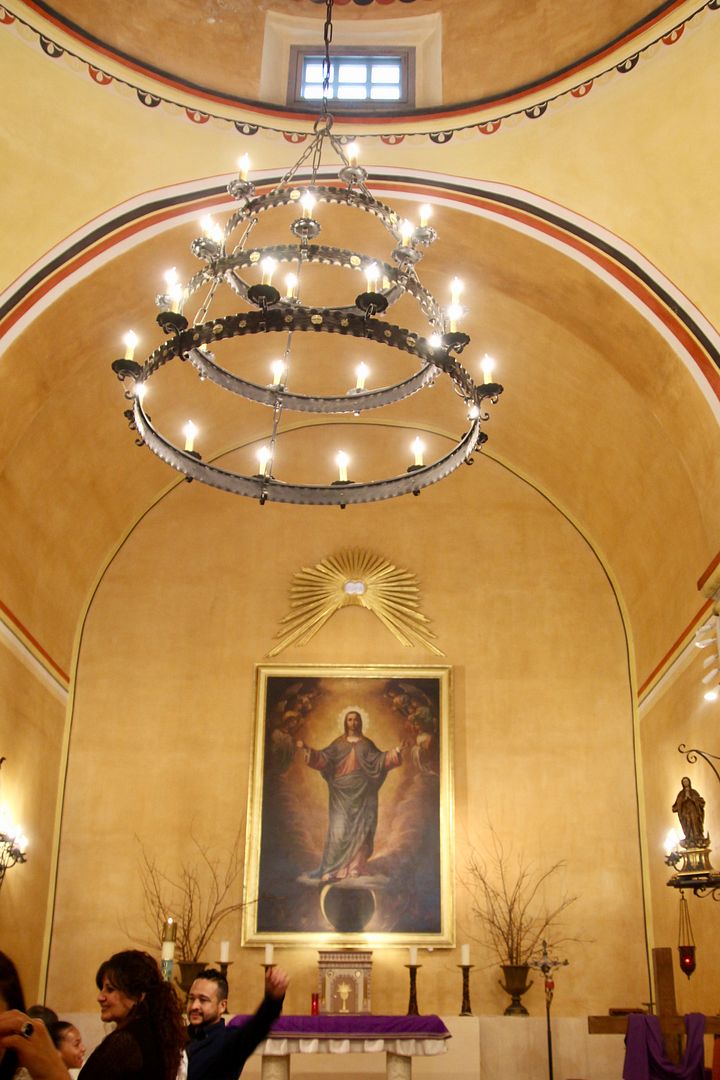



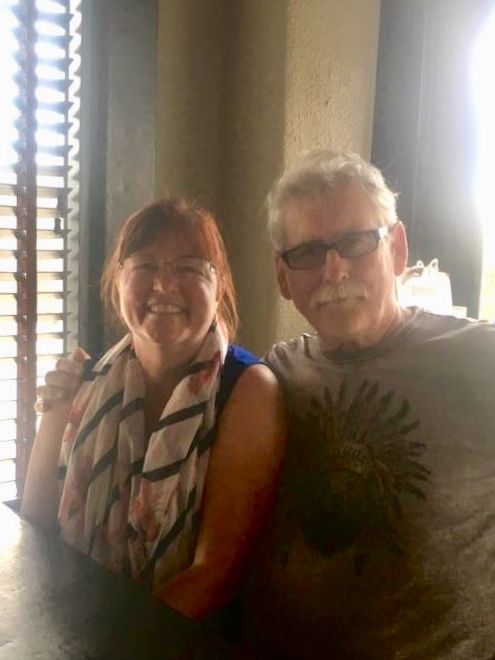
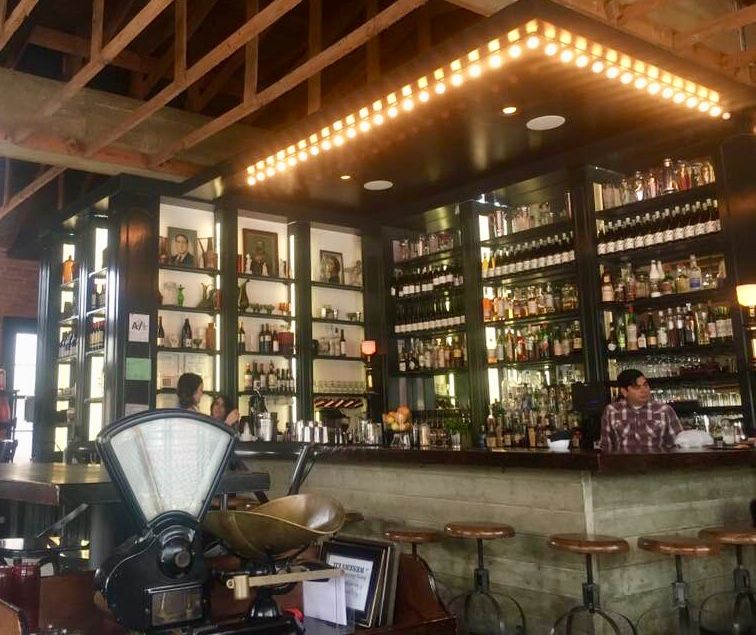
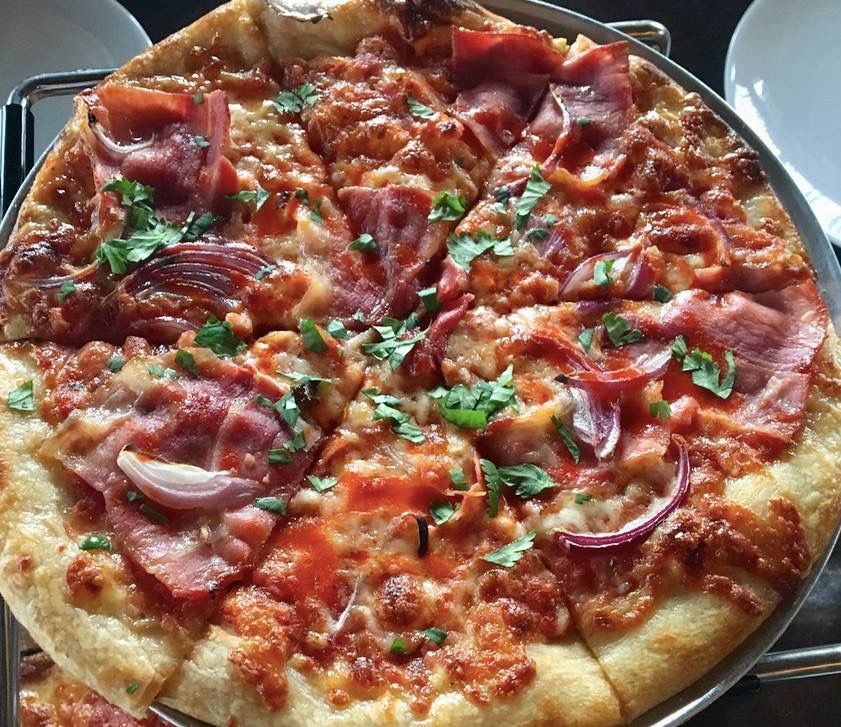
No comments:
Post a Comment